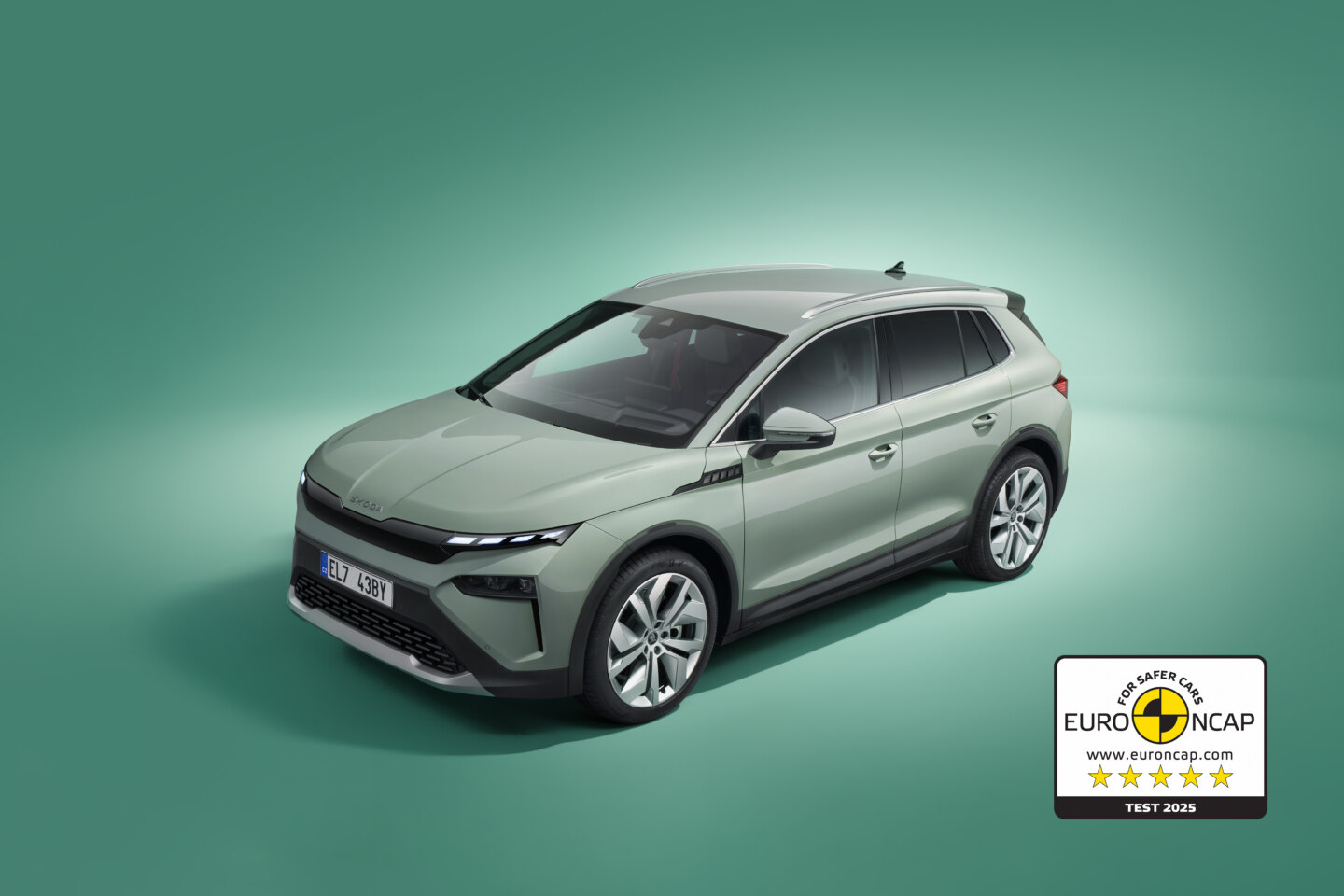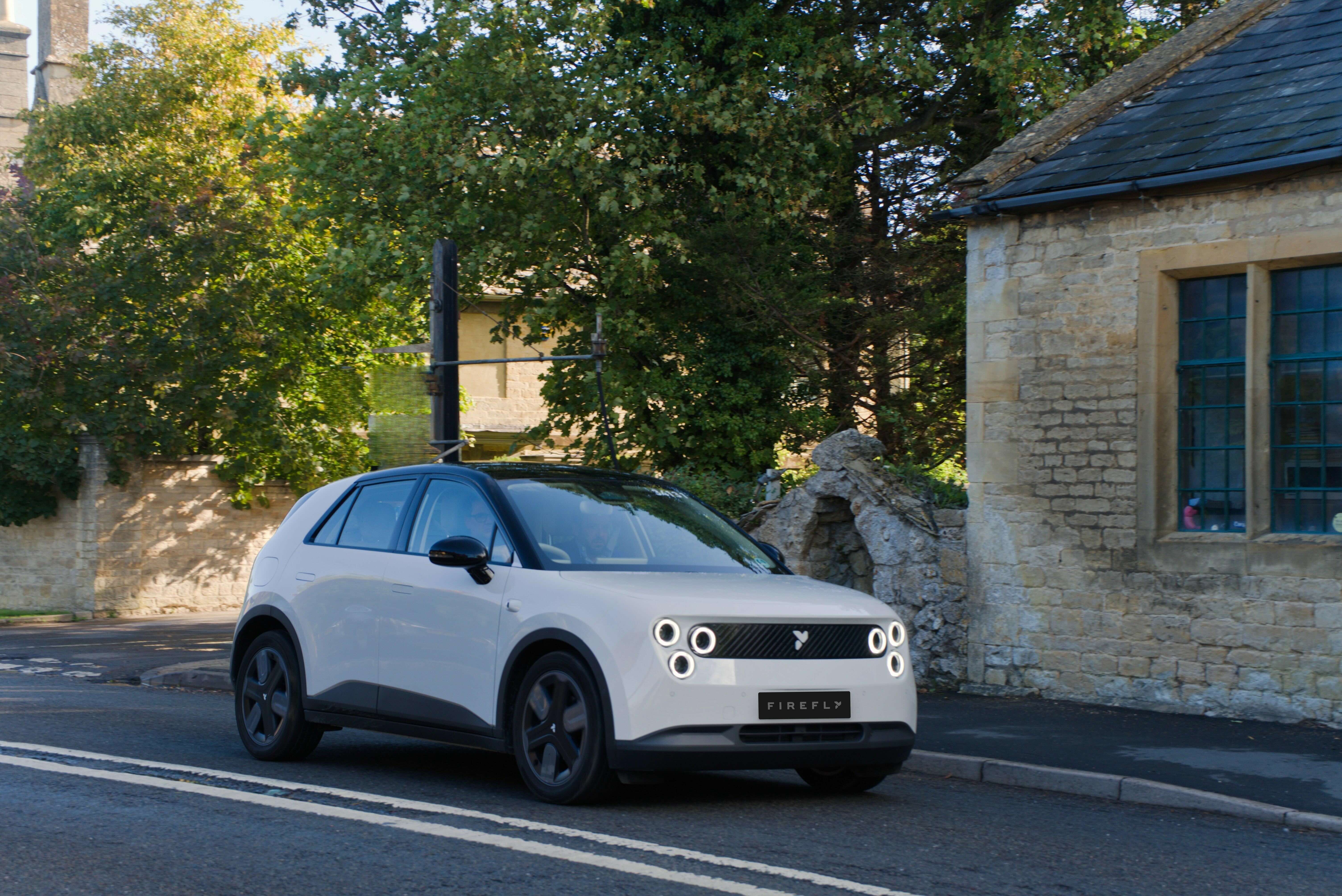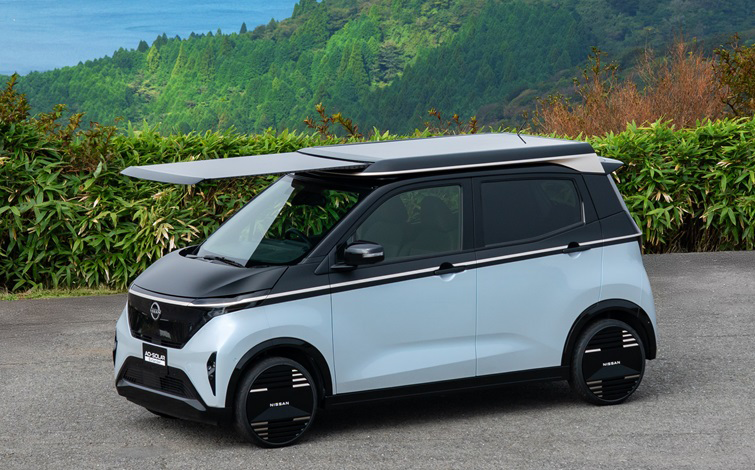While not officially confirmed, it seems that the Renault ZOE ZE 40 battery pack is made with 192 LG Chem LGX E63 cells. Now, thanks to a leaked document we have access to the complete specs of these NCM 622 battery cells.
Let’s take a closer look at the LG Chem LGX E63 battery cell.
- Nominal Capacity: 65,6 Ah (discharged at 21,6 A) - 64,8 Ah (discharged at 32,5 A)
- Minimum Capacity: 64,6 Ah (discharged at 21,6 A) - 63,8 Ah (discharged at 32,5 A)
- Nominal Voltage: 3,6 V
- Charging Voltage: 4,2 V
- Thickness: 11,5 mm
- Width: 125 mm
- Height: 325 mm
- Volume: 0,4671875 L
- Weight: 964,9 g
- Volumetric Energy Density: 492-505 Wh/L
- Gravimetric Energy Density: 238-245 Wh/kg
Renault ZE 40 battery pack (192 cells in 96s2p configuration)
- Nominal Capacity: 45,34 kWh (discharged at 14,93 kW) - 44,79 kWh (discharged at 22,46 kW)
- Minimum Capacity: 44,65 kWh (discharged at 14,93 kW) - 44,1 kWh (discharged at 22,46 kW)
- Nominal Voltage: 345,6 V
- Charging Voltage: 400 V
- Weight: 185,26 kg (cells only)
Here is how much temperature impacts the capacity of your battery.
- -20 ºC: 60,2 % = 26,42 kWh
- -10 ºC: 84,2 % = 36,96 kWh
- 0 ºC: 90,4 % = 39,68 kWh
- 25 ºC: 100 % = 43,9 kWh
- 45 ºC: 102,1 % = 44,81 kWh
Cycle life at 25 ºC:
- 94 % of initial battery capacity after 200 cycles (25 ºC)
- 84 % of initial battery capacity after 1.000 cycles (25 ºC)
- 80 % of initial battery capacity after 1.400 cycles (25 ºC)
Cycle life at 45 ºC:
- 91 % of initial battery capacity after 200 cycles (45 ºC)
- 78 % of initial battery capacity after 1.000 cycles (45 ºC)
- 72 % of initial battery capacity after 1.400 cycles (45 ºC)
Fortunately the Renault ZOE has a TMS (Thermal Management System) to make sure that the battery pack stays near its ideal temperature of 25 ºC.
If we consider that the average range of a Renault ZOE when new is 250 km, after 1.000 cycles we can expect it to be at least 200 km (80 %). During the first 1.000 cycles the average range should be around 225 km, this means that we’ll reach 1.000 cycles after 225.000 km. I’m being conservative here, it’s reasonable to expect the battery to retain 80 % of its initial capacity after 300.000 km.
Curiously, A123 Systems has a very similar 65 Ah battery cell that is even smaller than this LG Chem E63 (308x102 mm vs 325x125 mm). However, A123 Systems doesn’t have the production capacity that LG Chem has, which is required to deliver a good product at an appealing price.
Anyway, this LG Chem E63 battery cell is very impressive, you can see how it compares to the AESC cell currently used by the Nissan LEAF here.
However, the most interesting comparison will only be possible later this year, when we finally get some details on the LG Chem cells to be used on the second generation Renault ZOE and compare them to the AESC cells in the Nissan LEAF e-Plus battery pack. The second generation Renault ZOE is expected to get a WLTP range of 400 km, while the Nissan LEAF e-Plus gets a 385 km WLTP range.
Summing up, if you’re planning to buy a used Renault ZOE with a ZE 40 battery, you now know what to expect and do your math. For example, it’s clear that the battery lease isn’t a wise choice for the long term.
More info:
http://www.yunergybattery.com/productshow.asp?id=756#.XGA4Orrnjiz
http://queenbattery.com.cn/our-products/677-lg-e63-376v-63ah-li-po-li-polymer-battery-cell.html
http://queenbattery.com.cn/index.php?controller=attachment&id_attachment=109

